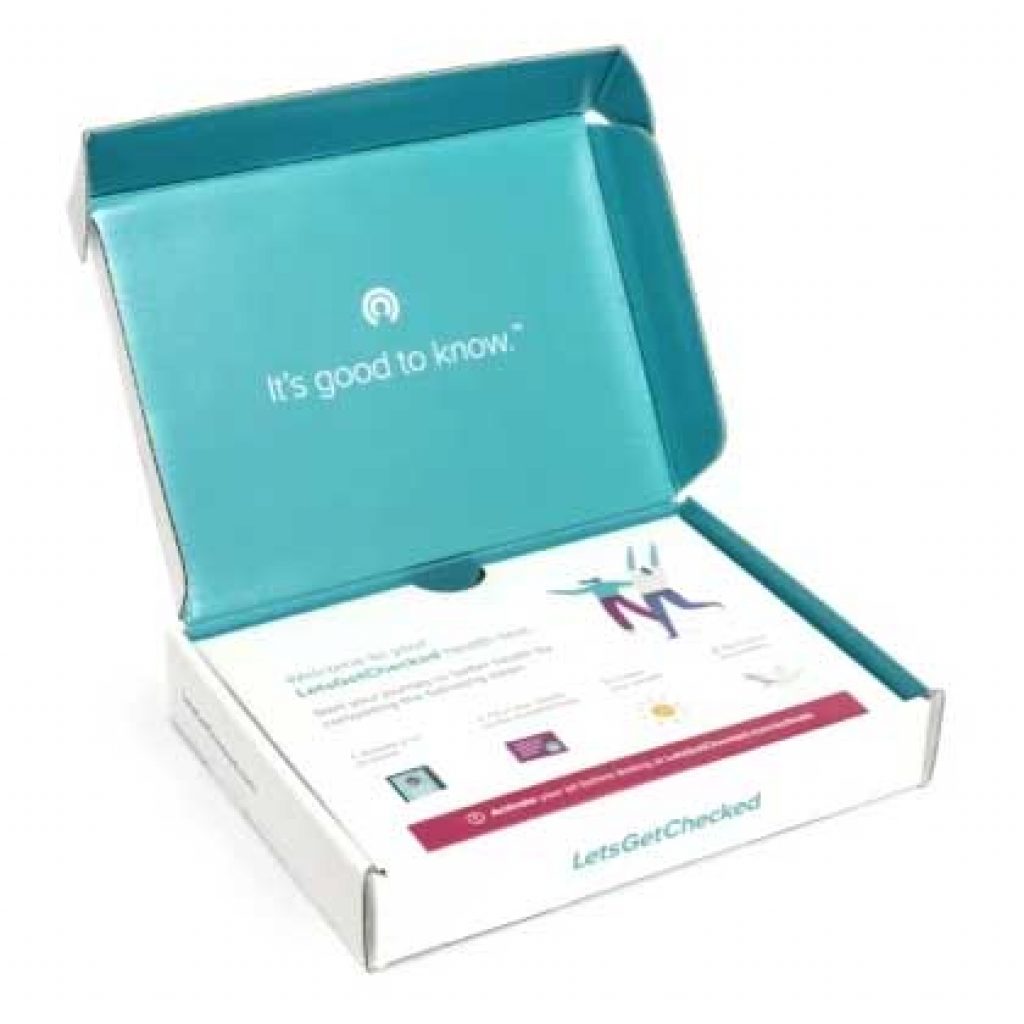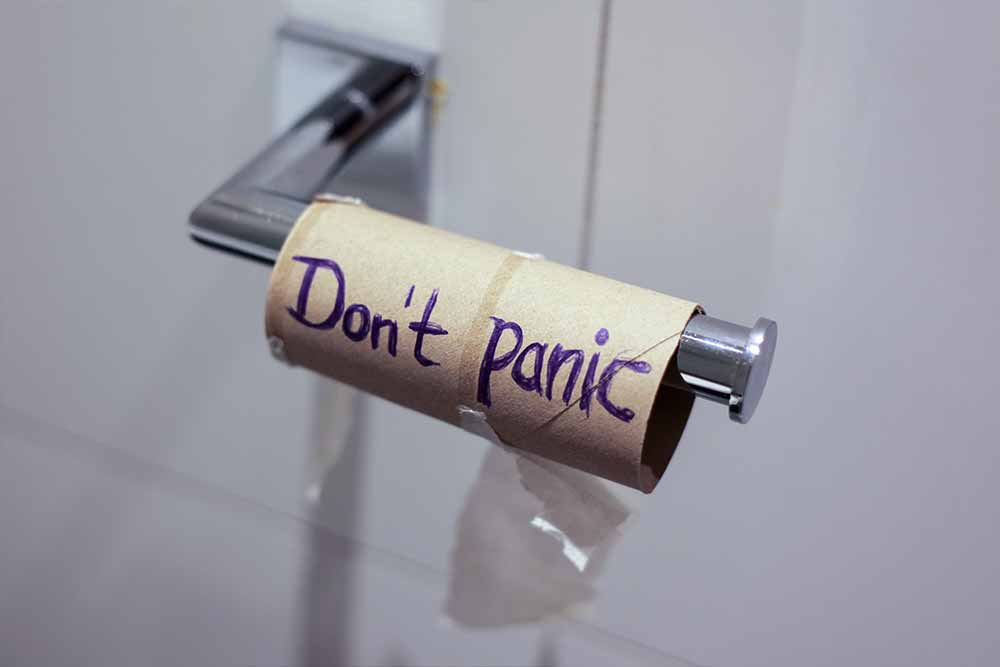There are 3 core ways to test for diabetes at home, each of which requires a blood test, from a small blood sample to measure your blood sugar. You can take an at-home lab test in the form of an HbA1c test, an instant glucose (blood sugar) test or through a CGM (continuous glucose monitor).
There are less accurate urine tests which are non-invasive and more recently scientists have developed a form of saliva test. But for absolute clarity, until these tests improve, blood sugar testing is so far the best way to test for diabetes at home.
With all 3 you are checking your glucose levels to determine whether you are in a healthy normal range, a prediabetes range or if you are above both of those and in the diabetic range. A 3 are medically approved and are no less accurate when performed at home.
Important considerations. At home testing is reliable if you perform the test responsibly and under the guidance of your healthcare practitioner or a test provider.
Each test will have a target blood sugar range depending on the type of test and the circumstances under which it is being used. For a premeal test potentially under fasting conditions, blood sugar levels are expected to be different to post-meal levels.
Also, a person who does not have diabetes should measure differently from a person managing diabetes. Prediabetes patients will also measure differently from recipients with Type 1 diabetes and Type 2 diabetes. So whilst the tests are the same for each case, the circumstances and conditions will be different depending on the condition you are suffering from or testing for.
At home HbA1c testing
What is it: An HbA1c test also called a glycated hemoglobin A1c test arcuately checks and measures the amount of glucose attached to your hemoglobin.

LetsGetChecked
At-Home Diabetes Test
HbA1c test
% of Hemoglobin A1c
Results 2 to 5 days
Finger Prick Sample
$79.00
This is a simple at-home diabetes test to measure the percentage of Hemoglobin A1c in a finger prick blood sample. You take your sample at home, post it back to the lab and your results are online in 3-5 days.
Red blood cells live for 3 months, so an A1c test includes the range of live blood cells at that time. This provides an average blood sugar level for that 3 month period as it includes new and supposedly up to 3 month old cells.
What does it do: This test offers a percentage value of blood sugar bound to hemoglobin, which helps profile recipients into a range consistent with people who are healthy, prediabetic, or diabetic.
Who needs it: The test is used for a number of reasons, firstly to diagnose prediabetes and diabetes. The entire process of diagnosis involves other touch points and may include other types of blood tests for diabetes. But given that the HbA1c test offers the most comprehensive view of your blood health, it is one of the core tests in the process of diagnosing diabetes.
An A1c test is also used by those managing prediabetes or diabetes, to once again offer a more consistent set of results without being impacted by things like a recent meal, an exercise program, or something you've drunk.
If you're managing diabetes of some form, this test might be performed less regularly than others. Because of the broader accuracy it provides, there's less of the requirement for a timeframe like daily testing.
Typical results: HbA1c test results are returned in the form of the percentage of hemoglobin A1c bound to your blood.
Results over 6.5% are a serious health concern, ultimately leading to a diagnosis of diabetes if consistent with other tests.
Prediabetics normally fall between 5.7% and 6.4%, which can lead to diabetes if left untreated or ignored.
Healthy A1c levels should be between 4% and 5.6%, which is considered normal.
Those who are managing diabetes normally measure above 6.5%, but that should be kept at less than 7%. A higher HbA1c level than 7% can highlight the risk of significant diabetic health risk.
Home glucose testing
What is it: A home blood sugar testing kit is a device that screens a small blood sample using either a testing strip and a small machine or just the machine like a peg sat on your finger.
From a tiny finger prick, your blood is sampled using a testing stick or the device itself. If you're using a testing strip you insert that into the device which outputs a blood sugar reading. A little bit like a small pocket watch. With both types you're given a digital glucose reading for that precise time of taking the reading.
What does it do: The process measures your precise glucose levels at that time of testing to give you an accurate reading of your current glucose levels.
It is a circumstantial reading that can be heavily impacted by your most recent meal or how long ago you last had food or a drink. Your glucose levels will change depending on the amount of food or drink and notably sugar that you have consumed, so there a varying conditions recommended for this test that come with a different set of guide results.
Who needs it: This test is generally taken by patients managing prediabetes, type 1 diabetes or type 2 diabetes. These tests can give you an accurate reading of how your body is responding to sugar intake and how well you are processing glucose.
Recipients can measure glucose levels in varying circumstances for a more rounded way of understanding their blood sugar levels. For example readings after fasting will have a guide result that is typical for those managing diabetes.
Equally, those testing in and around meal times after sugar intake will be able to measure against guide levels to see how well they are responding to increased glucose intake.
It's also useful for those on medication, in line with guidance from their healthcare practitioners, their health plans will require testing to make sure the medication is effective.
Diabetics have trouble producing insulin, so any treatment plans involving the use of insulin, will need to be measured on a regular basis and these home glucose testing kits are a useful and reliable form of diabetes management.
Typical results: Target results are set by your healthcare practitioner and are very much circumstantial. With that said, the guide results won't be outrageously different, there are still suggested levels based on typical diabetes circumstances.
The American Diabetes Association (ADA) suggests the following for people who have been diagnosed as diabetic and are not pregnant.
Before food and drink (includes typical 8hr fasting), between 80-130mg/dl
1-2hrs after food and drink, lower than 180mg/dl
Continuous glucose monitoring
What is it: A CGM or continuous glucose monitor is a discrete device that is often implanted below the skin (secured above) that tracks blood sugar levels in real-time.
It could be considered a wearable product that is connected to a handheld device like a mobile phone or tablet for data tracking.
There are lots of different brands out there offering a very similar style of CGM, all of which ultimately do the same thing.
What does it do: The device takes a live reading of your blood sugar and communicates with a data tracking device (in most cases your mobile phone). It tracks your glucose levels 24/7 allowing for additional interventions should you require them.
Some systems have an insulin pump attached that will administer a shot depending on the readings. Some devices might beep or sound an alarm when levels get to a worrying state, allowing you to react with the appropriate action.
In this modern data-driven world, continuous glucose monitoring can be linked to your online apps, the tools can track your physical activity, nutrition and dietary information and can include any medical records you chose to share with the chosen CGM company.
Who needs it: People who are managing diabetes would typically use a CGM in place of blood glucose testing strips. Its not unusual for people with prediabetes to procure and use a CGM, but it is regarded as tool for people managing diabetes type 1 and type 2.
Of course if you are interested in understanding more about your body's management of blood sugar and are not suffering from diabetes, a CGM is a reliable method of blood sugar measurement and can be used by non-diabetics.
It does not replace other forms of diabetes test as in most cases the patient will still require regular lab testing and HbA1c tests and may be required to perform a regular at home glucose test to maintain the accuracy of the CGM data.
But in terms of an accurate report, this is a very thorough way of measuring your blood sugar management over continuous periods.
Typical results: Aside from reacting to low or high blood sugar levels according to your treatment plan, the ADA suggests a time in range measurement which shows the total time that you were in a normal range for your condition.
A target blood sugar level between 70-180 mg/dl is representative of a typical managed diabetic range. Naturally, the disease can trigger glucose levels to fall above or below those levels throughout the day, so measuring the time in range is a useful output of continuous monitoring.
People with type 1 and type 2 diabetes should see a target range of around 70% under managed conditions, but this can be measured differently as part of a treatment program with a healthcare professional.
FAQs
How do you test for diabetes naturally at home?
There are 3 ways of typically testing diabetes naturally and at home. They all require a blood sample to measure your glucose levels, which you have to take yourself or with help.
You can take an at-home HbA1c test, which is a mail-in lab test kit to measure the amount of glucose bound to your hemoglobin. You can use a glucose testing strip and device to check your current blood sugar levels or use a CGM (continuous glucose monitor) linked to a digital device like a mobile phone, for real-time glucose tracking.
Can you test diabetes without blood or a machine?
No, diabetes is currently diagnosed through testing of blood sugar levels. Diabetics can see adverse levels of bodily chemicals in their urine and saliva and tests are being developed in those areas. But they do not reliably indicate whether a person has diabetes.
How accurate are home blood sugar tests?
Home diabetes testing is very accurate if performed responsibly, so much so that the majority of diabetes sufferers are left to monitor and manage their blood sugar levels themselves through home testing means like a glucose testing strip system or a CGM (continuous glucose monitor).
Your physical habits, eating or drinking can affect the results, but they are still accurate in that respect. At-home HbA1c tests are sent off to the same labs that medical professionals use, so again if the samples are taken responsibly, the results will be accurate.
Sources
diabetes.org.uk – Tests for diabetes
CDC – Diabetes getting tested
Image Credits
Featured Image – Photo by Tetiana SHYSHKINA
Cooking couple – Photo by Wasa Crispbread
Insulin Syringe – Photo by Dennis Klicker








